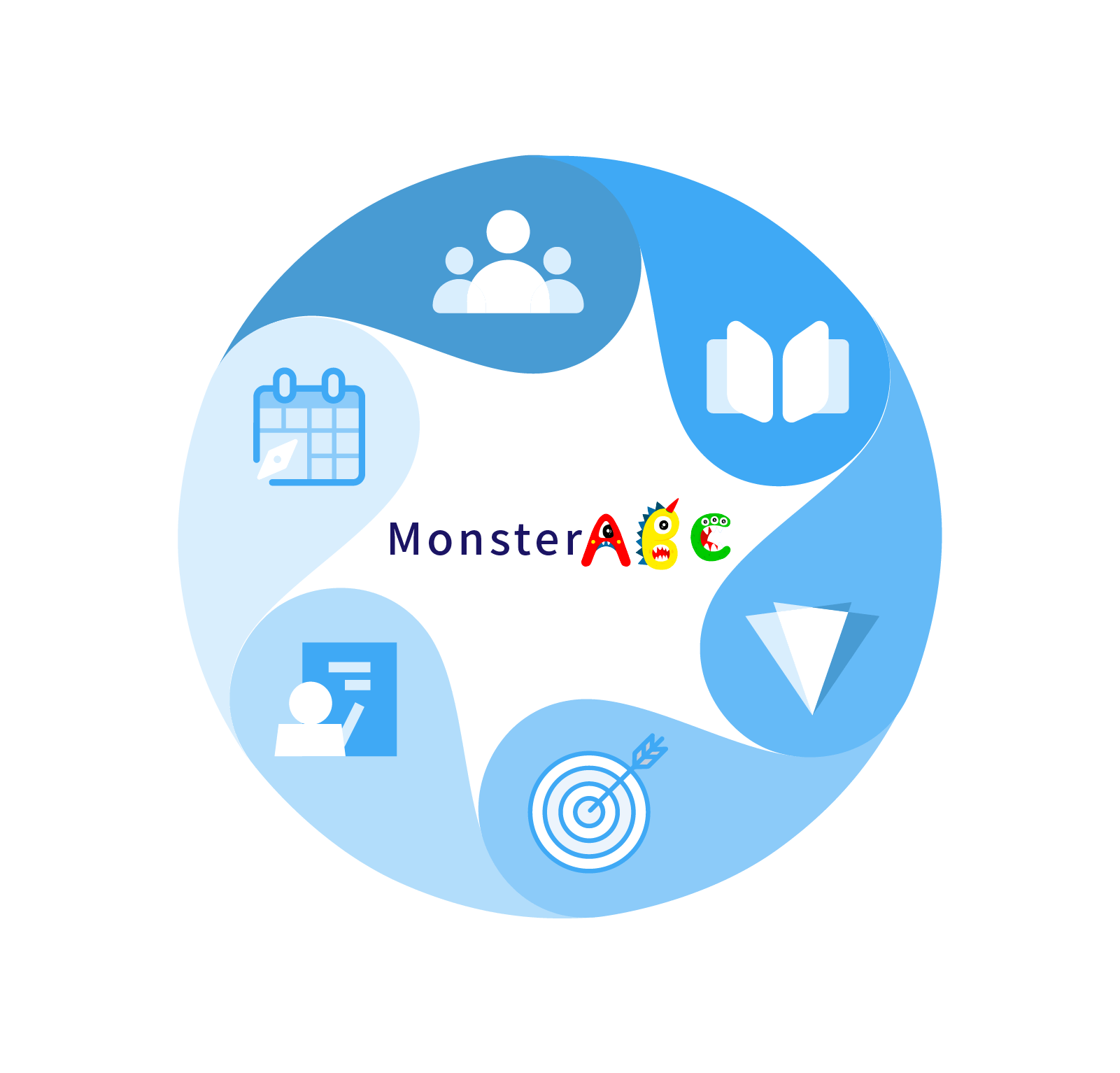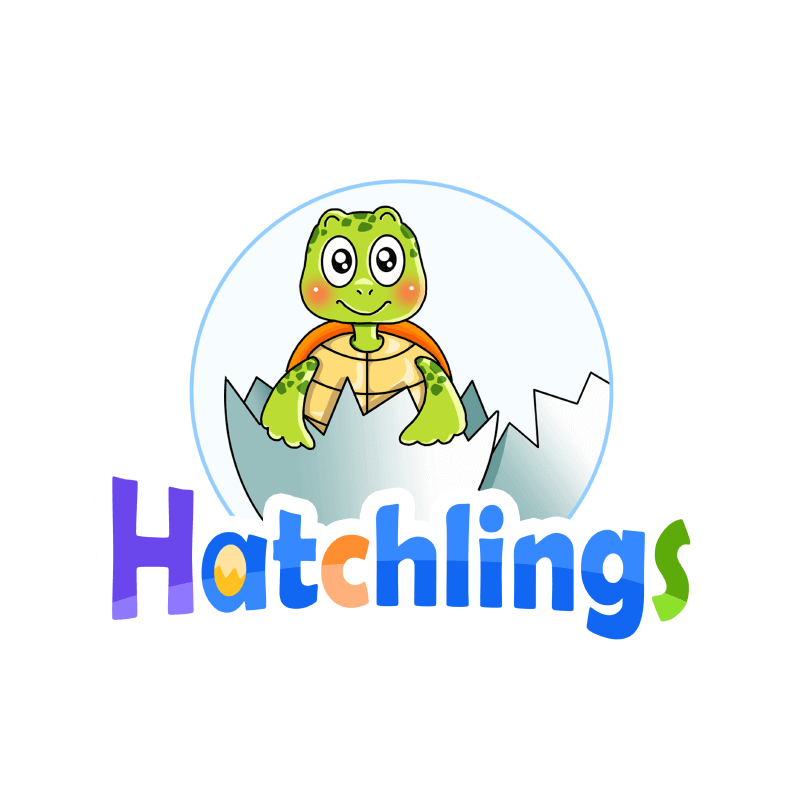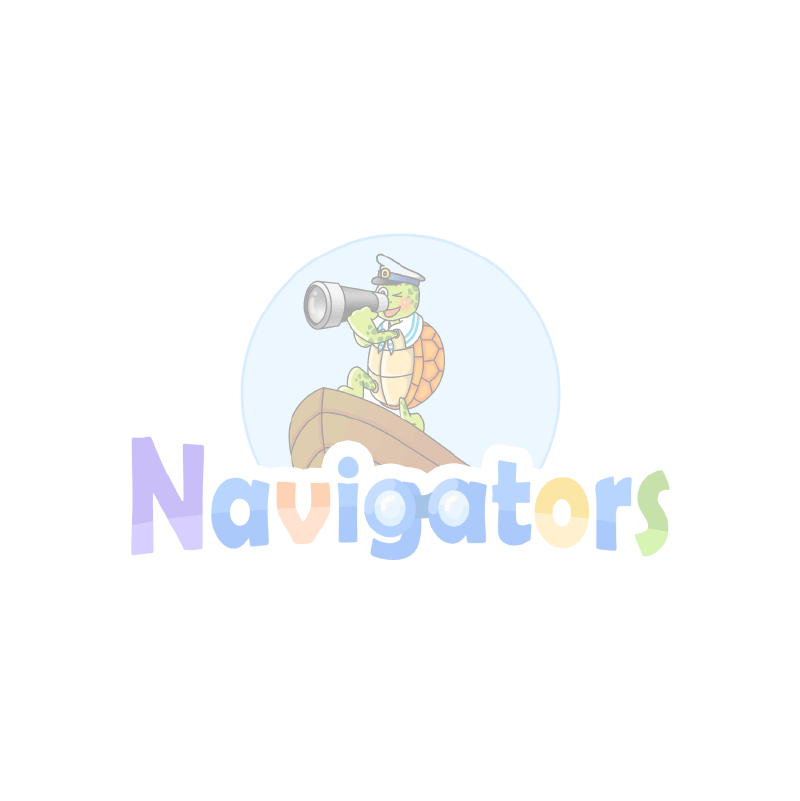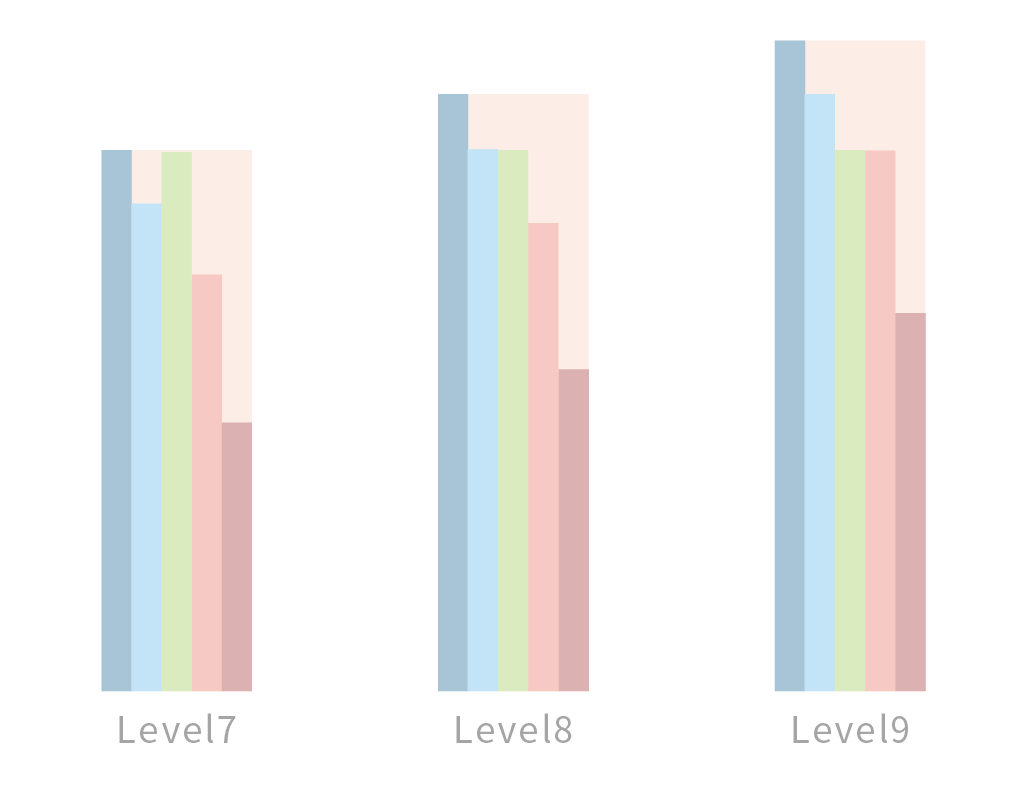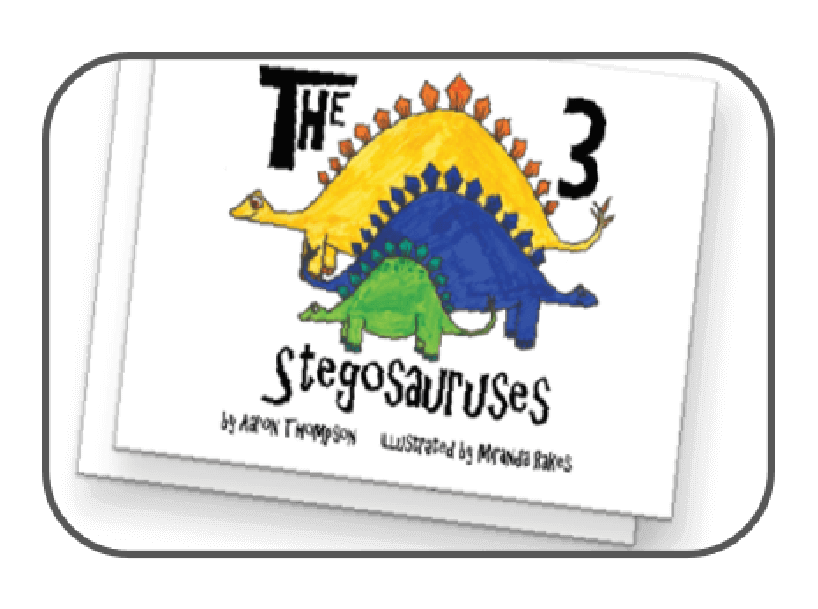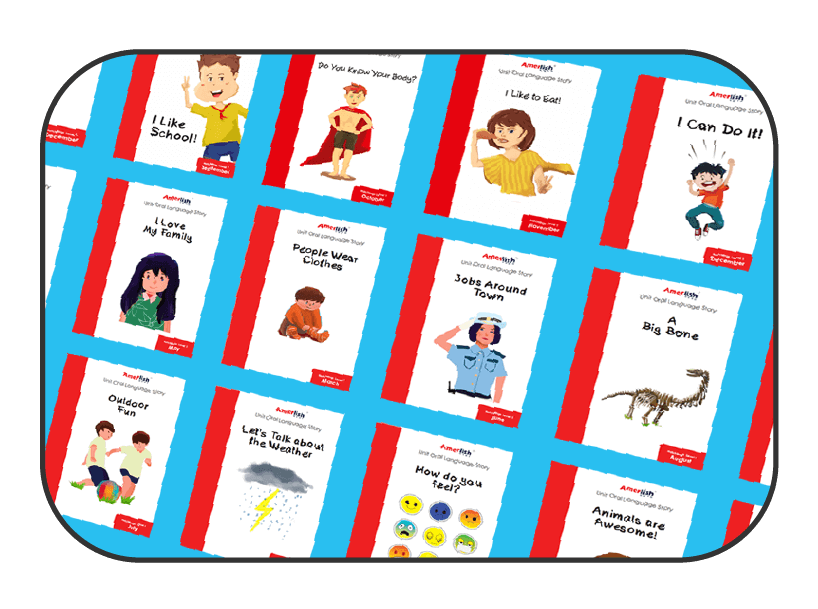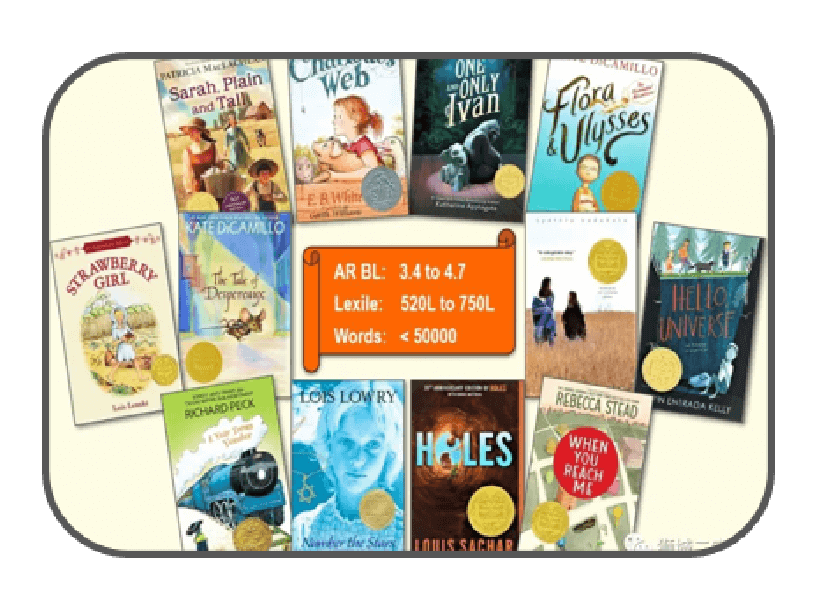Level 1 Learning Content Overview:
This level focuses on the learning of speaking, containing 12 months, with one theme for each month. Each theme includes nursery rhymes, core sentences and vocabulary, cognition, nursery rhymes, picture book reading, etc. There are two testing and upgrading opportunities in autumn and spring each year. If the test is passed, the learner can progress to the next level.
Level 1 Learning Goals:
In terms of listening, the learner should be able to understand and respond to the core sentences of the theme; have sufficient cognitive ability for letters, shapes, colors, numbers, etc.


